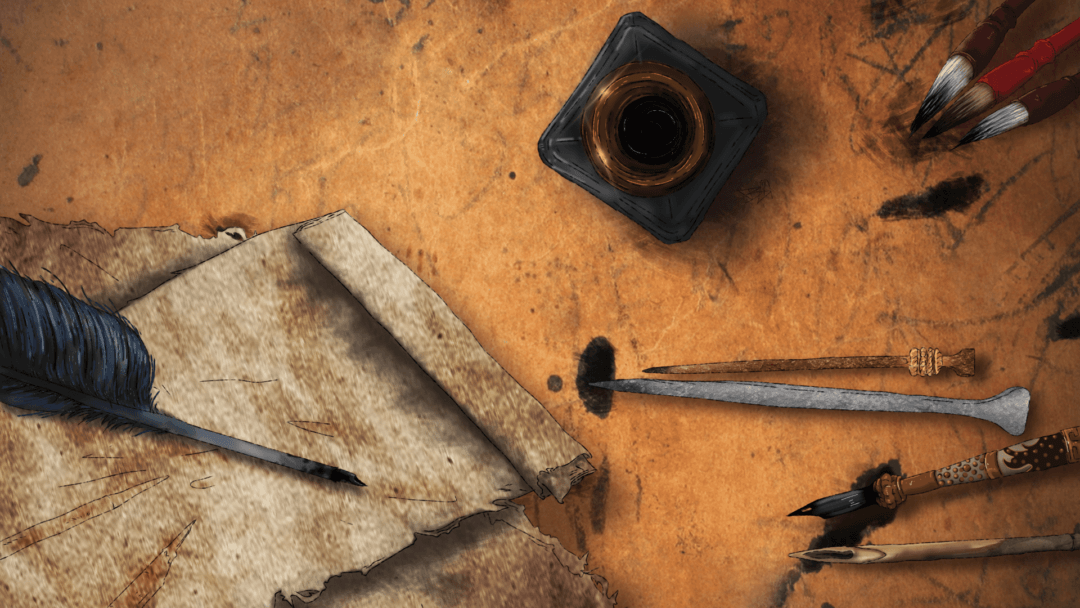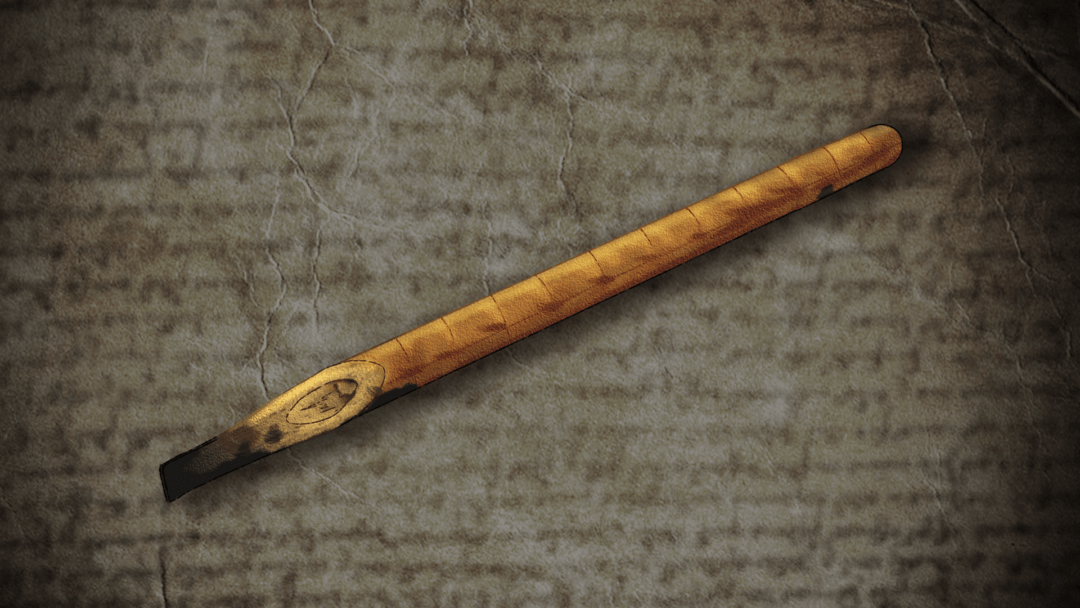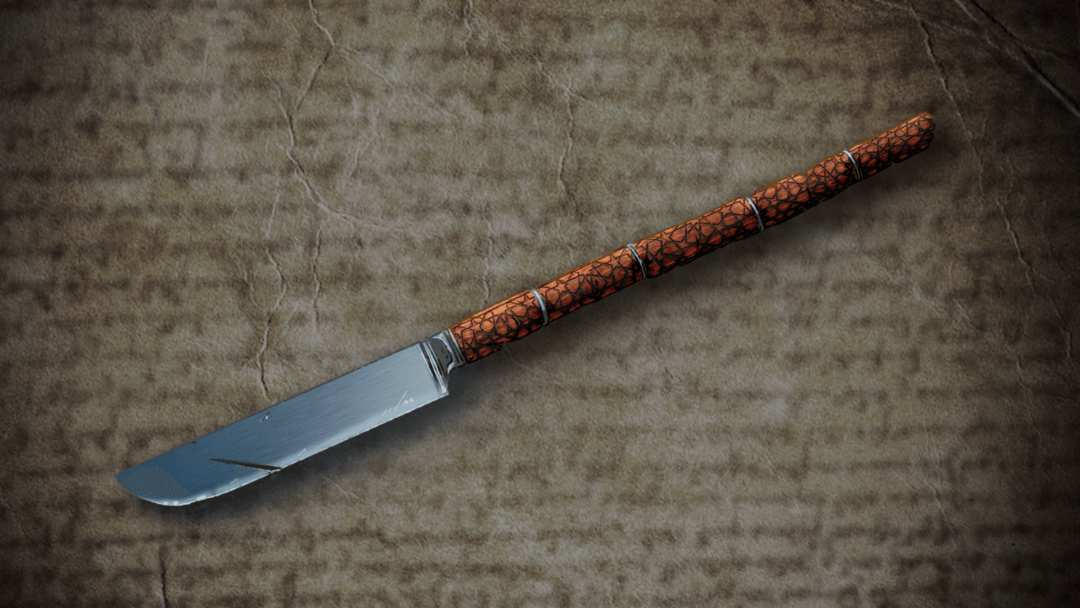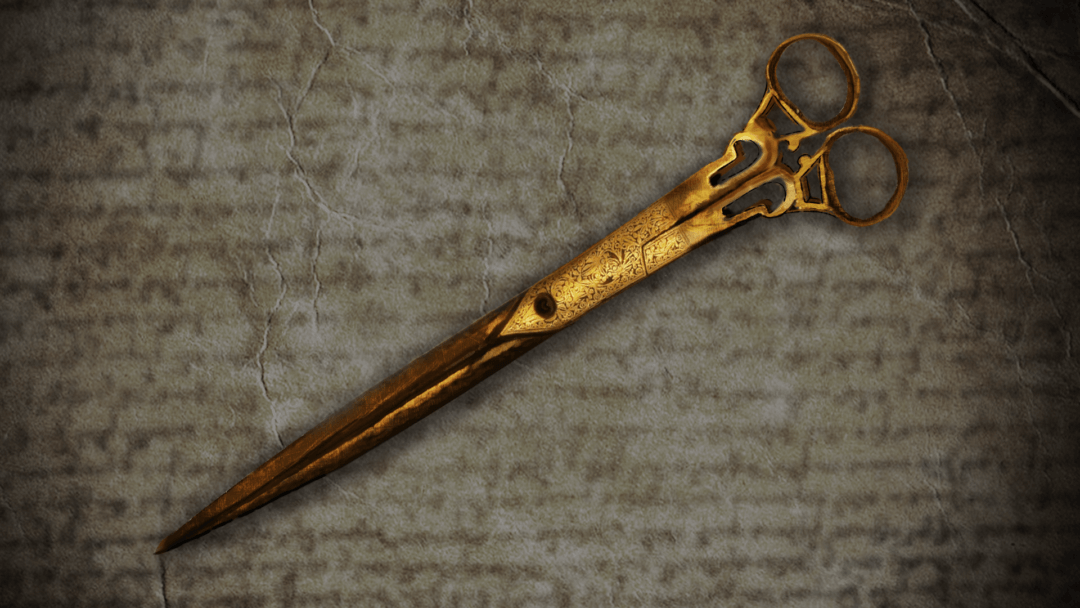
Greetings Age of Empires community!
After a much needed and restful holiday, I am back with another piece to share a glimpse at the life of ancient writers. I took some time to travel across the Islamic world in search of more antique pen and papers to continue our series on the tools used by writers in the ancient world. For today’s piece we will look at the instruments used by Islamic calligraphers. During my travels, I found that in the Islamic community, calligraphy is an incredibly special art which is believed to strengthen one’s spiritual connection with their religion, making the instruments significantly special, and an important part of their spiritual journey.
The Qalam (Reed Pen)
Made from straws of reed or bamboo, qalams, also known as reed pens, were created in a variety of shapes and sizes for its writers to use. To successfully write with this instrument, its sharp end would have to be carefully and consistently sharpened so it could hold and distribute ink evenly on its canvas. While this pen may have a simple appearance, the degree of artistry behind collecting the perfect material and preparing it to become a qalam was one that only experienced calligraphers had. Reeds were between nine to twelve inches in length and often were made with a split nib at the end which was helpful when writing on canvases like papyrus. Because qalams helped calligraphers in their spiritual journey, every step of the process was carefully thought out and executed, often taking many years and countless hours of work to perfect.

The Makta (Pen Rest)
Maktas, also known as pen rests, were created with the intention to have a place to set reeds down when they were not in use. In addition, they were used as a stable holding place to sharpen reeds without breaking or splinting the pens. Matkas were made from slabs of natural material such as bone, horn, or ivory and often featured a carved out ridge so they could be sharpened each time at a consistent angle. Consistency when writing became key when identifying the type of script being used by the author so a consistent angle was necessary.
The Pen Sharpener
The pen sharpener was used exactly how you would imagine, by sharpening the pen in preparation for writing. Metal, such as iron, were used to create the blade, and the handle of the knife-like object was made from wood, tortoiseshell, or ivory.

The Scissors
Every calligrapher had a pair of scissors with a very sharp and thin edge used to cut through paper being prepared for binding. Predominantly made out of steel, this instrument had oval shaped holes for fingers and an elongated blade. They were made keeping in mind that the paper to be cut was incredibly fragile and often held countless hours of work. A tear in the paper was unacceptable. Unlike what you are accustomed to seeing today, scissor makers would often customize and decorate their instruments in gold or shape steel around the finger holes to create a design or write quotes meaningful to those who would be using the scissors.

Islamic calligraphers had many more tools that were essential to their craft so I have named only a few for this week. Learning about their tools has been fascinating and has inspired me to share more about Islamic calligraphy in the future. In the mean time, I wish you all a wonderful week and be careful when flipping pages, I might come back sooner than expected.
Sage.
As told by Grace Rojas